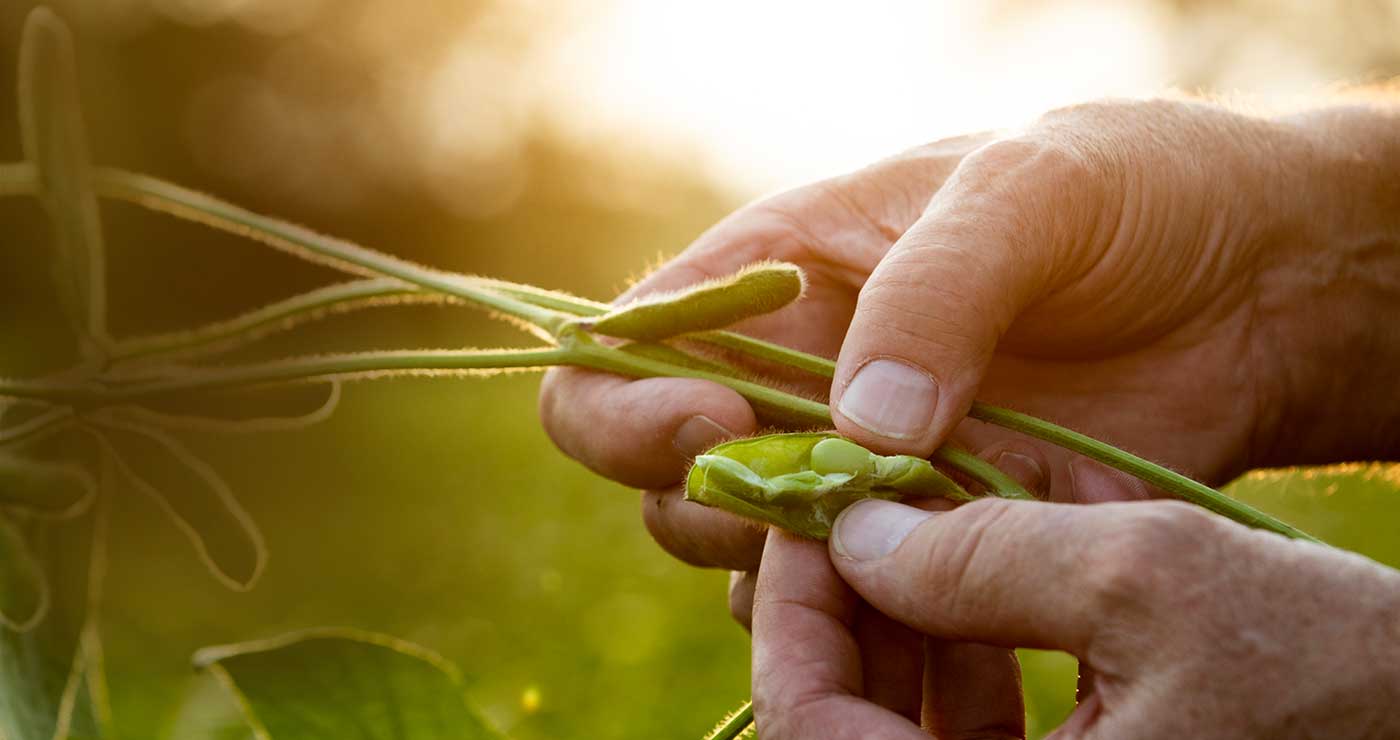
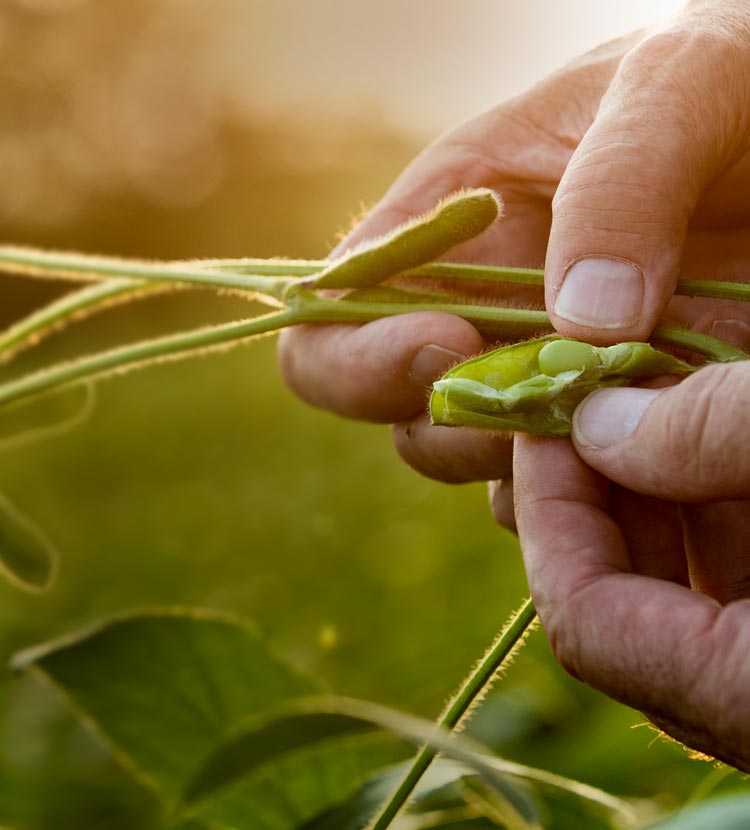
U.S. Soy
Delivers
Solutions
For you.
For your customers.
For the planet.
Enabling sustainable production and consumption.
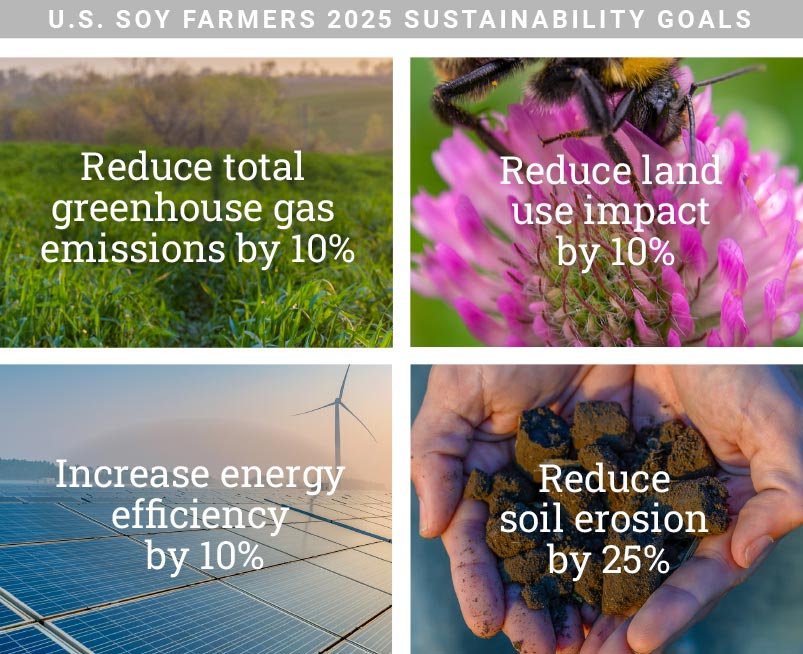
A rising population, changing climate and growing consumer consciousness is adding new pressures and greater demand for sustainable nutrition and energy. Your customers are demanding more and we’re here to help you deliver.
Did you know, U.S. Soy has the lowest carbon footprint compared with soy of other origins?
U.S. Soy farmers grow and develop sustainable solutions to today’s biggest problems. We are leading the way by producing more while using fewer resources, implementing farming practices that reduce carbon footprint, and helping to preserve forestland.
Agriculture plays an essential role in advancing the United Nations (UN) Sustainable Development Goals (SDGs), especially #SDG2 Zero Hunger, and also enabled by #SDG6 Clean Water and Sanitation, #SDG 12 Responsible Consumption and Production, #SDG13 Climate Action, #SDG15 Life on Land, and #SDG17 Partnerships.
U.S. Soy Farmers Sustainability Actions
Since 1980, U.S. Soy farmers have:
- Reduced greenhouse gas (GHG) emissions per bushel by 42%
- Improved irrigation water use efficiency by 61%
- Increased land use efficiency by 47%
- Improved energy use efficiency by 45%
- Improved soil conservation by 35%
- Increased soy production by 130%
Between 1997 and 2017, U.S. forest land Increased by 742,000 hectares while cropland decreased by 3.6 million hectares. But we won’t stop there. U.S. Soy farmers’ ongoing commitment to sustainability enables you to produce food, feed, energy and other products to support a healthy society, even as we preserve the planet for future generations.
See how U.S. Soy’s sustainability actions can enable your commercial and sustainability goals.
Video: How U.S. Soy Enables You to Advance the U.N. Sustainable Development Goals
Video: SSAP Transferable Certificate Explainer Video
U.S. Soy Sustainability Assurance Protocol (SSAP)
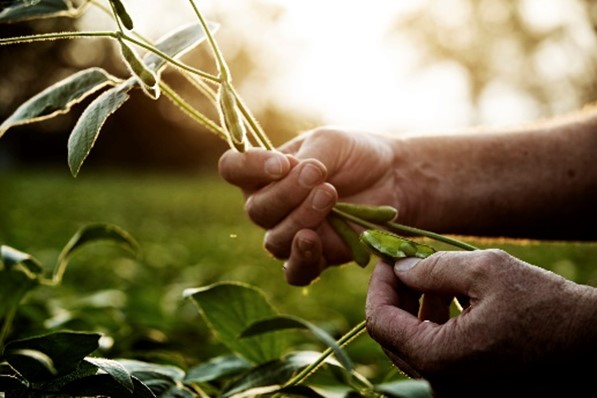
Get a U.S. Soy Sustainability Assurance Protocol (SSAP) transferable certificate to address your customer requests for documented and verified sustainable soy. The SSAP verifies that soybeans and soy products produced in the United States are compliant with a system of sustainability and conservation laws and regulations and farmer participation in the U.S. Farm Program. SSAP is one of the largest sustainability verification programs in the agriculture industry and has proven to be a highly reliable measure of U.S. Soy farmers’ commitment in areas like biodiversity, sustainable production practices, public and labor health, and continuous improvement of farming practices.
Click here for a U.S. Soy Sustainability Assurance Protocol certificate
Download the U.S. Soy Sustainability Assurance Protocol
Sustainable U.S. Soy Label
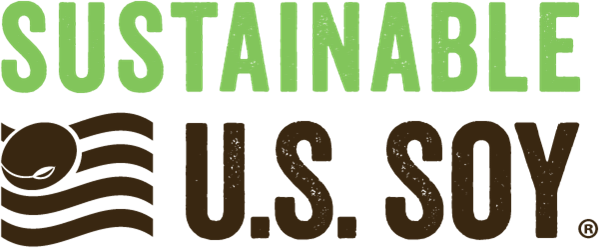
The Sustainable U.S. Soy label is now on about 1000+ product packs forming an important part of the participating companies’ commitments to advancing the U.N. Sustainable Development Goals. U.S. Soy has the lowest carbon footprint compared with soy of other origins, with U.S. Soy farmers fully committed to advancing U.N. Sustainable Development Goal 2 – Zero Hunger.
Contact your USSEC representativeContact Us
Click here to connect with your local USSEC representative for your business solutions.
See the ValueCarbon Footprint
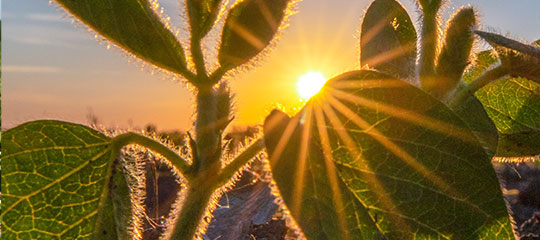
U.S. Soy: A Better Environmental Footprint (General Use)
Soybeans are an important source of protein for feed and food products, and global demand is rising.
Download Now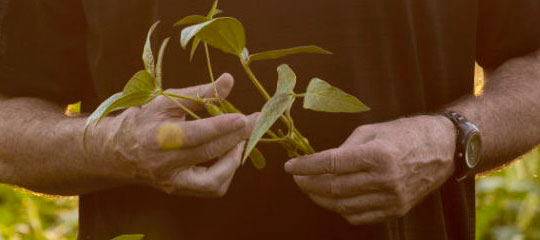
Europe
Soybeans are an important source of protein for feed and food products, and global demand is rising. An efficient crop, soybeans need relatively few inputs as they fix nitrogen from the atmosphere.
Download NowOil & Other Proteins

Soybeans and Soybean Oil Sustainability: U.S. Compared to Argentina and Brazil
U.S. soybean oil offers a sustainable and more environmentally friendly solution to the growing demand when compared to alternative ...
Download Now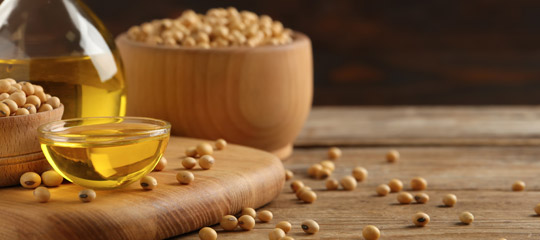
U.S. Soybean Oil Sustainability Compared to Other Vegetable Oils
U.S. soybean oil offers a sustainable and more environmentally friendly solution to the growing demand, particularly when compared to soybean oils ...
Download Now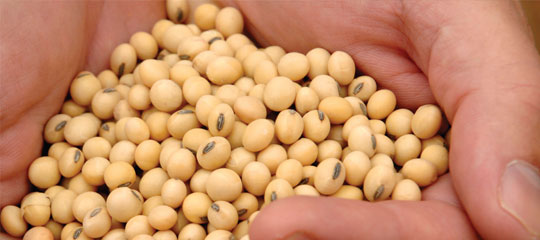
U.S. Soybean Sustainability Compared to Other Plant Proteins
U.S. soybeans offer a sustainable and more environmentally friendly solution to growing demand, particularly when compared ...
Download NowResearch
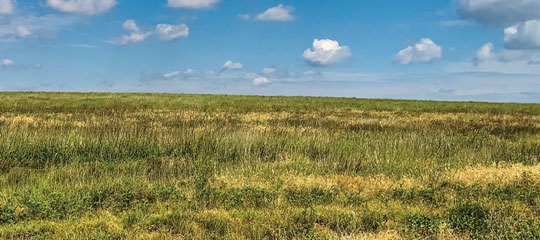
U.S. Crop Production Preserves Forestland and Grasslands
Since 1907, the amount of forestland in the United States has remained relatively stable.1 In fact, it actually increased by 742,000 hectares between 1997 and 2017, while cropland usage declined during the same period.
Download Now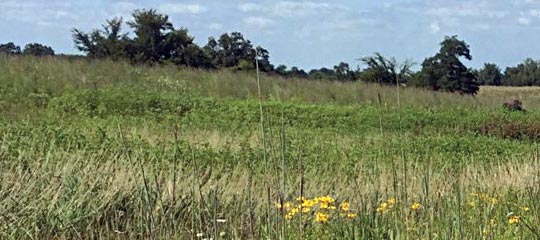
Land Use Change
Modern tools and practices like climate-smart agriculture, enhanced seeds, moisture sensors, smart irrigation, autonomous and GPS-enabled tractors, drones, and satellite imagery help U.S. Soy growers produce more soy from the same amount of land, even as they reduce use of natural resources.
Download Now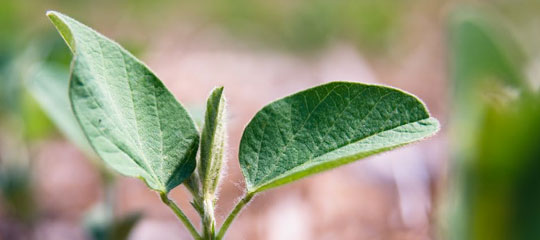
U.S. Soy Supports U.N. Sustainable Development Goals (SDGs)
By following the SSAP and other best management practices, U.S. Soy farmers are contributing to progress toward many of the 17 SDGs.
Download NowU.S. Soy Sustainability Assurance Protocol
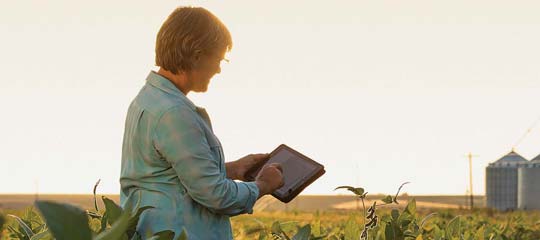
The Positive Momentum of Sustainable U.S. Soy
In this report, you’ll find an account of the U.S. Soy industry’s efforts over the past year to produce, verify and deliver sustainable U.S. Soy to the world.
Download Now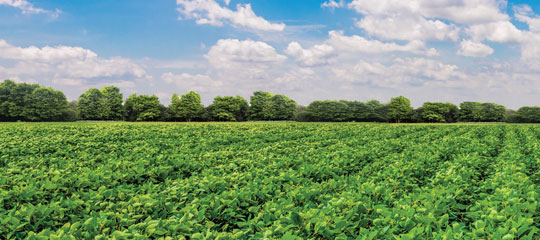
SSAP Sustainability Highlights
U.S. Soy is Sustainable. Verified by protocol, carbon footprint data, and stable forests.
Download Now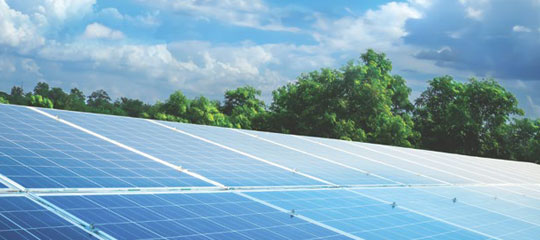
SSAP One Pager
The SSAP provides credible data and information to provide buyers of U.S. Soy confidence that the product they are purchasing is produced in a sustainable manner.
Download Now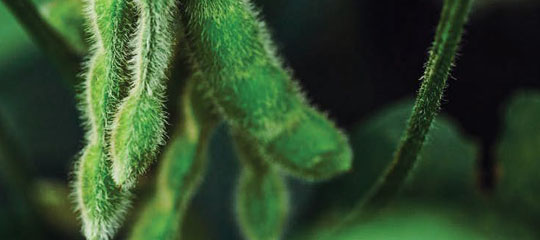
SSAP Transferable Certificates
With SSAP transferable certificates, exporters of U.S. Soy can now transfer certificates to their international customers. And those international customers can transfer certificates as they sell SSAP verified soy through the value chain.
Download Now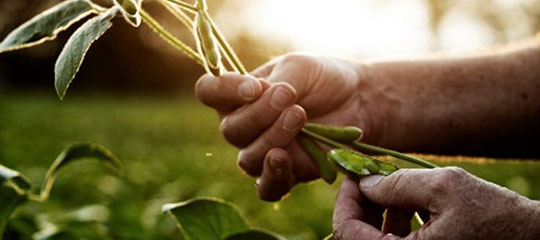
U.S. Soy Sustainability Assurance Protocol (SSAP)
Get a U.S. Soy Sustainability Assurance Protocol (SSAP) transferable certificate to address your customer requests for documented and verified sustainable soy.
Download Now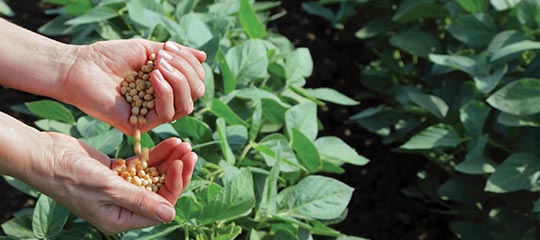
Sustainable U.S. Soy Label
Sustainable U.S. Soy is soy verified by a third-party that the soy was produced sustainably in the United States.
Learn MoreSustainability Practices
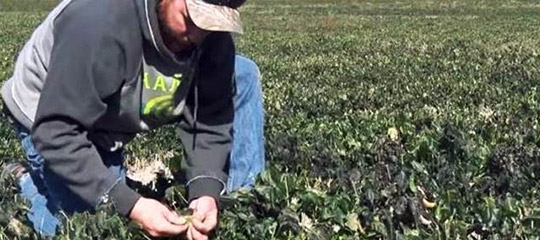
Carbon Sequestration One Pager
Just like the rest of the world, the U.S. is seeking greenhouse gas mitigation opportunities that will help fight climate change. U.S. Soy farmers are ...
Download Now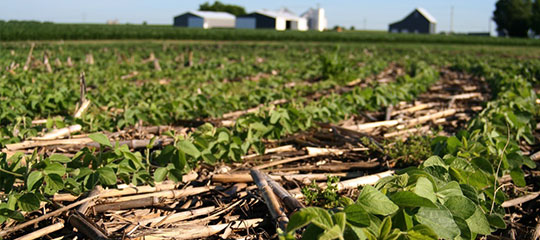
Conservation Tillage One Pager
The use of conservation tillage supports U.S. soybean farmers in their work to produce more soybeans on fewer acres while incorporating ..
Download Now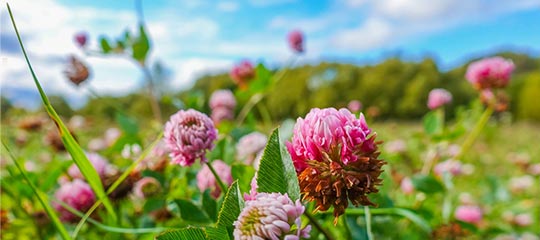
Cover Crops One Pager
Cover cropping is a management practice in which fields are planted not with the specific goal of a harvested crop, but to provide ground cover ...
Download Now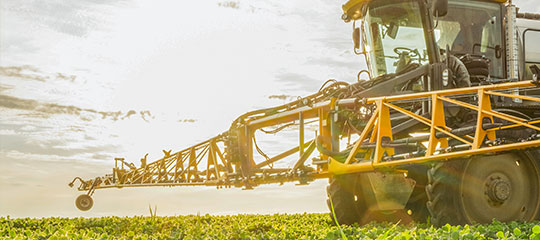
Crop Protection One Pager
U.S. soybean farmers manage the challenges presented by weeds, insects and diseases with experience, knowledge and approved ...
Download Now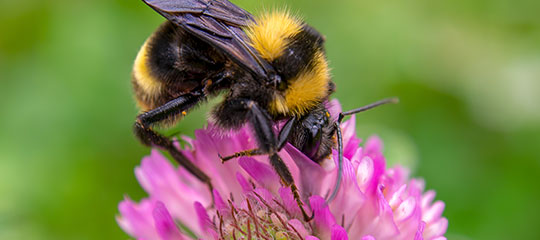
Pollinators One Pager
U.S. Soy farmers understand the economic and ecological importance of pollinators. Without them, agriculture would collapse. Around 75% ...
Download Now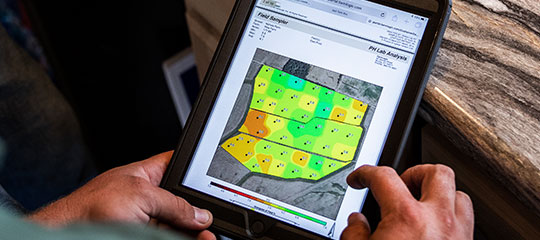
Precision One Pager
U.S. soybean farmers are investing in proven technology and targeted innovations that elevate yield, reduce costs and ensure sustainable ...
Download Now
Sustainable Improvements
U.S. soybean farmers are leading the way in conservation – the vast majority of soybean farmers participate in the U.S. Department of Agriculture’s ...
Download Now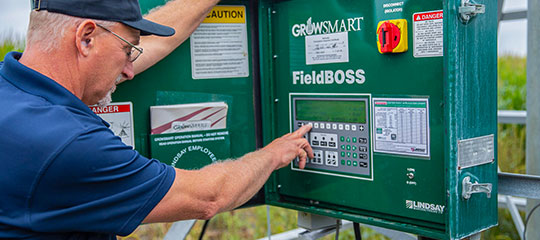
Water Quality One Pager
Water is a vital part of any agricultural production system, and proper management is essential to conserve its use and control its movement ...
Download Now
American Agricultural Landscape
Agriculture is woven into the history of North America. For thousands of years, it has provided food security and commerce for the continent’s inhabitants. Native Americans were farming North America for over 5,000 years prior to European settlement.
Download NowSustainability News
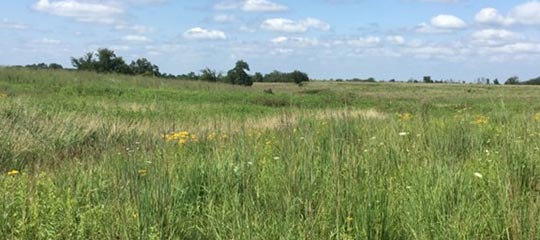
U.S. Soy and Cropland
Learn More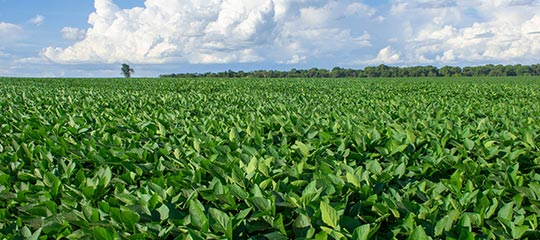
U.S. Soy’s Well-Earned Reputation for Sustainability
Learn More
U.S. Soy Sustainability Assurance Protocol (SSAP) Certificates Can Now Be Transferred
Learn More
U.S. Soy Sustainability Assurance Protocol (SSAP) secures European FEFAC Soy Sourcing Guidelines 2021 Certification
Learn More
